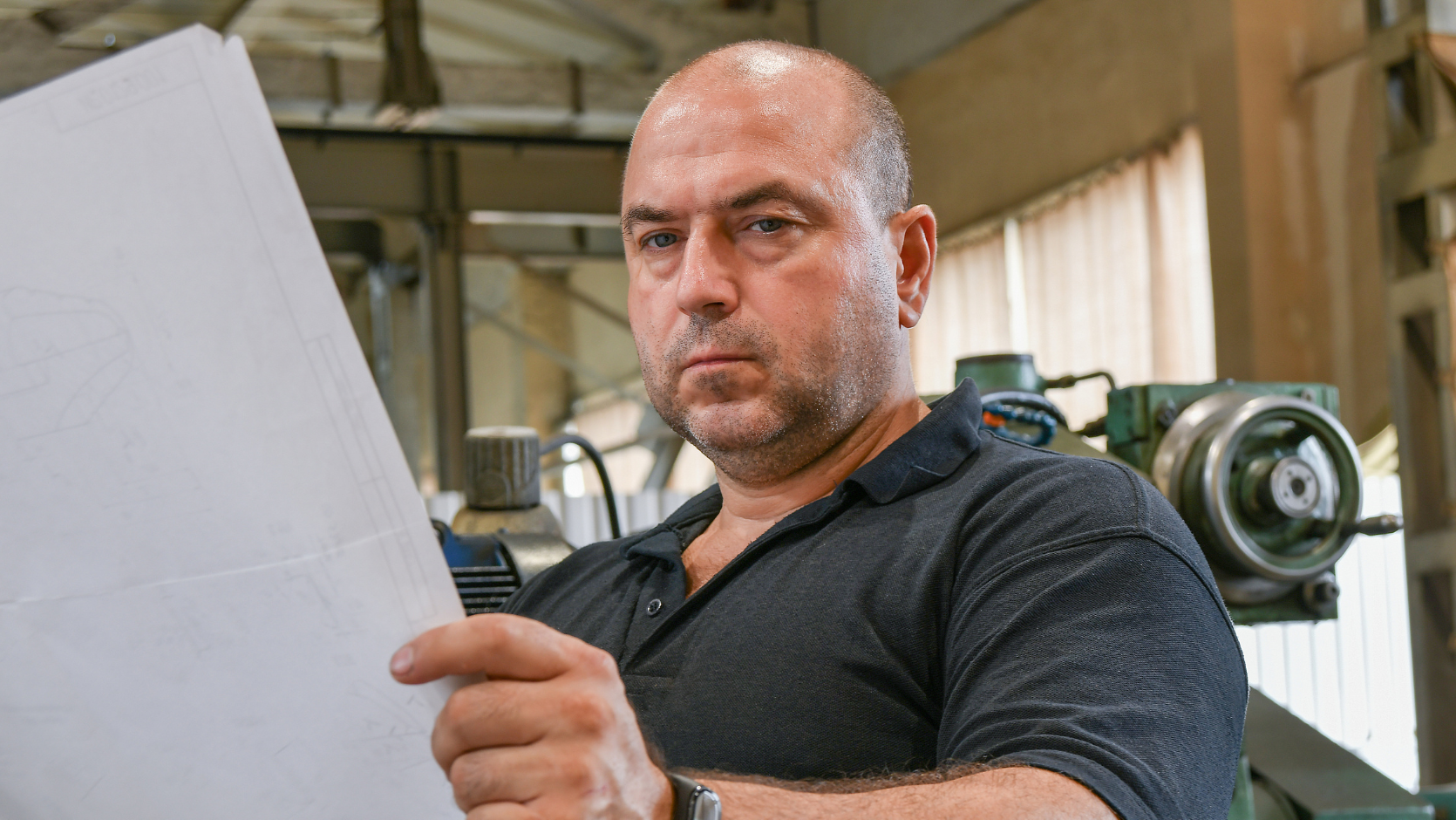The Facts
Court makes interim orders regarding young children after mother and father separate
The husband and wife had two children, born in 2010 and 2014, before they separated in 2015.
In 2016 the Federal Circuit Court of Australia made interim orders that the children should live with the mother and spend substantial time with the father. This arrangement worked well until 2 May 2018.
Child tells father of being struck by mother
On 2 May 2018 the elder child, a daughter, disclosed to her father at a school sports carnival that she was not participating in the carnival because the mother had struck her the night before. The father immediately took the child to the acting school principal and then to the police, where the child repeated her story of being struck by the mother.
The versions of events given by the child to the father, the principal and the police all varied slightly, but the consistent gist of the allegation was that the mother had struck the elder child on the evening of 1 May 2018.
Father contravenes interim orders by failing to return either child
The father refused to return the elder child to the mother after going to the police. Even though the father had refused to return the elder child to the mother, the mother still sent the younger child to him for the following weekend in compliance with the interim orders.
The father failed to return either child to the mother at the end of his contact weekend.
Both parents file applications for court orders
The mother filed an urgent application for a recovery order and the father filed an application seeking an order that there be a change of residence and that the children live with him because there was an unacceptable risk of physical and emotional harm to the children while they lived with the mother.
The judge of the Federal Circuit Court found that there was not an unacceptable risk of harm to the children living with the mother and she made final orders that the interim orders, which had worked well for two years, continue.
The father appealed to the Family Court of Australia, which had to decide whether the children should continue to live with their mother or should change to living with their father.














Expert commentary on the court's decision
Family Court finds in favour of mother
In the case Cao & Cao [2018] FamCAFC 252, the Family Court found in favour of the mother.
The court dismissed the father’s appeal and determined that the status quo should be maintained, so the children would continue to live predominantly with the mother and spend substantial time with the father.
“Just because you say it over and over again doesn’t make it true”
Justice Austin of the Family Court rejected the father’s submission that because the child made the same consistent allegation, it must be accepted by the court. The judge said: “If a false, exaggerated, or inaccurate allegation is made, it still remains false, exaggerated or inaccurate no matter how many times it is repeated”.
The judge added that he was not saying that the eldest child’s reports were false, exaggerated, or inaccurate. Equally, however, they were not true just because she repeated them.
Court needs to test the evidence when it is in dispute
The judge also rejected the father’s submission that there was no proper basis for the court not to accept his evidence as truthful and correct, pointing out that even if his evidence about what his daughter told him was exactly correct, it did not mean what he was told by her was truthful and accurate.
The judge noted that the father’s submission assumed that the primary judge was obliged to accept his evidence of what his daughter said, despite the controversy over the facts she reported. Given that the mother squarely refuted the allegation that she assaulted the child, the primary judge could not just assume the father’s evidence was correct and the mother’s was false.
Smacking children as lawful physical chastisement
The court took the view that even if the child had been struck by the mother, it did not mean that she had been assaulted. She may have only been physically chastised (“smacked”).
The judge pointed out that “even though corporal punishment is falling out of favour under contemporary moral standards, it is still not yet unlawful to use modest physical force to chastise a child.” (See section 61AA of the NSW Crimes Act 1900).
Corporal punishment does not amount to physical “abuse” under the Act unless it constitutes an assault.
Police apparently unconvinced that mother assaulted child
Both Justice Austin and the primary judge took note that the police report said:
Justice Austin took the view that while the police contemplated that the mother may have smacked the elder child, they remained unconvinced that the incident amounted to an assault of the child by the mother, as there was no evidence before the primary judge (or in the appeal) that the mother was charged by police with any criminal offence arising out of the incident.
Court rejects further ground of father’s appeal
After also considering another ground of the father’s appeal, that the primary judge erred by allowing extraneous or irrelevant matters to guide or affect her, Justice Austin rejected the father’s appeal.
The court found that there was no error by the primary judge in determining that there was no unacceptable risk of physical or psychological harm to the children in the mother’s household.
What does Australian law say about smacking children?
It is not illegal to physically discipline a child, provided that the physical discipline does not amount to an assault on the child. When the physical discipline amounts to an assault, it is no longer “lawful chastisement” but a crime.
In general, the Family Courts won’t consider lawful chastisement of a child to amount to an “unacceptable risk of physical or psychological harm” to the child, but each case will depend on its own circumstances.
If you elect to physically discipline a child, you will reduce the risk of allegations of assault or “unacceptable risk of physical or psychological harm” if you follow the following guidelines.
For more information, please see our earlier article Is it legal to smack my child?